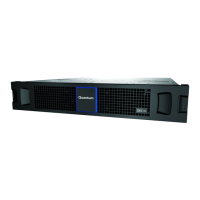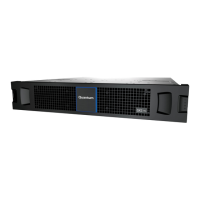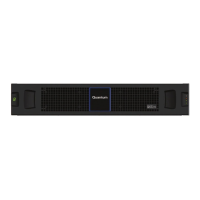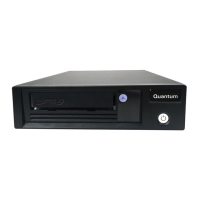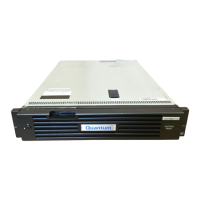94 QXS G2 Hardware Installation and Maintenance Guide
9 Click on “Ports” to enable the system to communicate with hosts or with remote systems.
• To enable the system to communicate with hosts or with remote systems having FC or iSCSI
interfaces, you can configure the system's host-interface options.
• If the current settings are correct, port configuration is optional.
NOTE: When you change any setting in the System Settings panel, the Apply and Close and the
Apply buttons will become active. To save your changes and continue changing other settings click
the Apply button. To save your changes and exit click the Apply and Close button.
Setting Network Port IP Addresses Using DHCP
In DHCP mode, network port IP address, subnet mask, and gateway values are obtained from a DHCP
server if one is available. If a DHCP server is unavailable, current addressing is unchanged. You must
have some means of determining what addresses have been assigned, such as the list of bindings on
the DHCP server.
Setting Network Port IP Addresses Using CLI Port and Cable
If you did not use DHCP to set network port IP values, set them manually as described below. If you
are using the USB CLI port and cable, you will need to enable the port for communication. See also
Using CLI Port and Cable/Known Issues in Windows on page 229.
Network ports on controller module A and controller module B are configured with the following
default values:
• Network port IP address: 10.0.0.2 (controller A), 10.0.0.3 (controller B)
• IP subnet mask: 255.255.255.0
